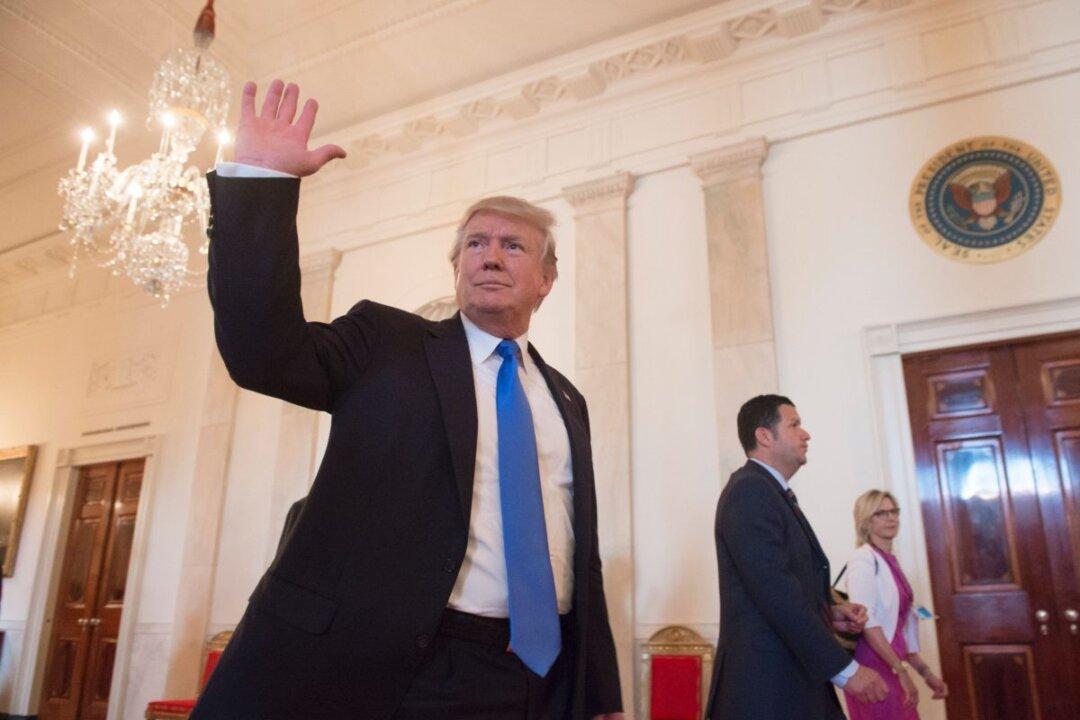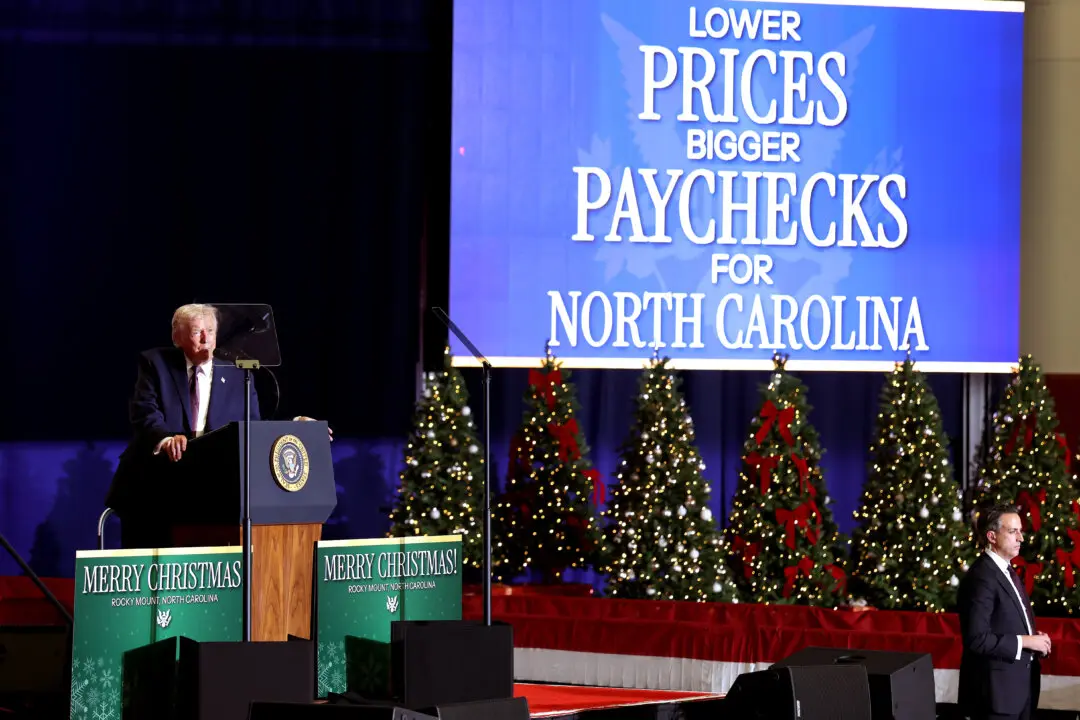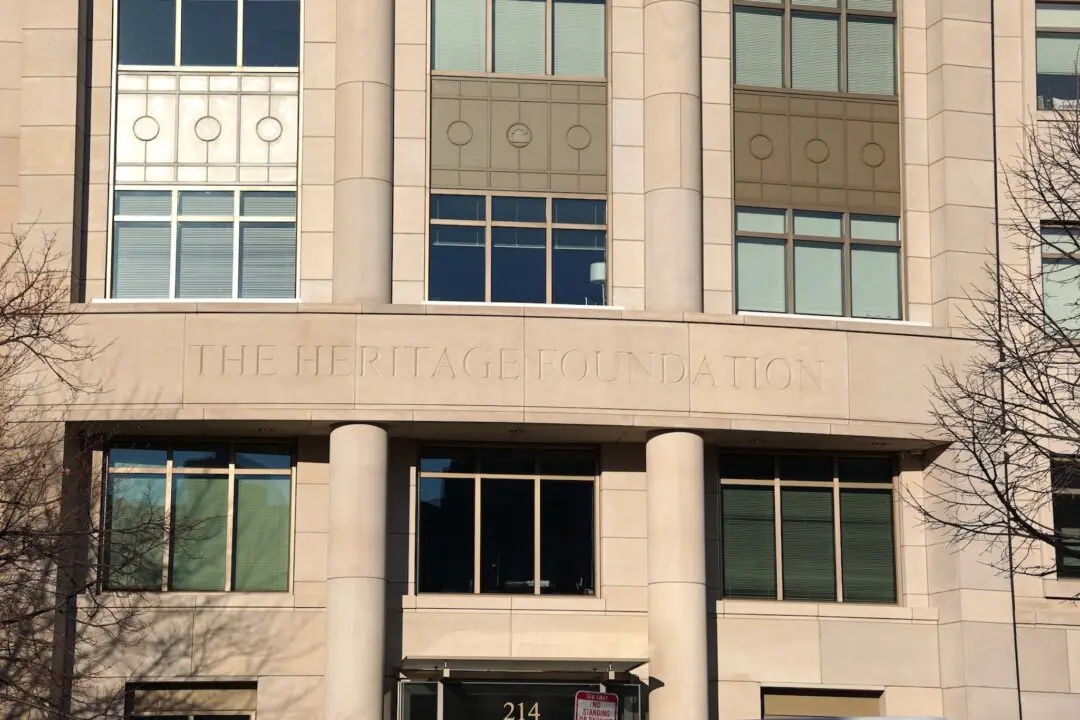WASHINGTON—As part of the “Buy American, Hire American” initiative, President Donald Trump signed an executive order on July 15 aimed to increase the domestic content threshold for U.S.-made products.
“The philosophy of my administration is simple: If we can build it, grow it, or make it in the United States, we will,” Trump said during his speech at the “Made in America” event hosted by the White House.





